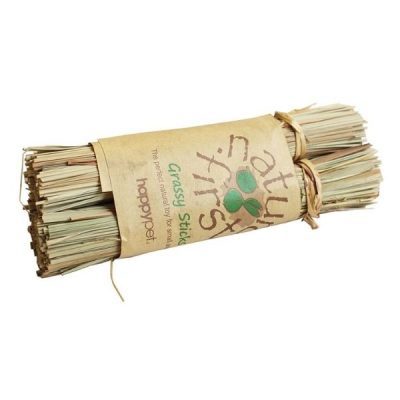This debate has been had for years and everyone has their own view on it. Firstly there are a lot of factors that affect what you can feed your dog. Price, quality and availability can all be contributing factors to what you feed your dog. We have to remember that all dogs are different and certain breeds find certain food difficult to digest. All dogs have tolerances for different foods. Being sure of your individual dog’s needs comes first when making a new diet for them.
BARF Diet/ Raw Diet:
A diet that has got popular is the BARF diet and this consists of all Raw food for your dog. Bones meat vegetables etc. Some of the main benefits of a BARF/Raw diet include:
- Shiner Coats
- Healthier Skin
- Cleaner Teeth
- Higher Energy Levels
Although the benefits are very strong, the negatives also need to be considered. Issues including;
- The bacteria stored in raw meat
- Bones becoming choke hazards and breaking teeth
A raw diet includes some of the following:
- Muscle meats – often on the bone
- Raw eggs
- A selection of vegetable, dairy and fruit
Dry Food Options:
There is a wide wide range of dry dog foods to it is important not to class them all the same just as we wouldn’t view a glass of water the same as a glass of fizzy drink. Some of the higher end dog foods have a high meat content and are hypoallergenic this meaning there should not be anything in the food that could make your dog uncomfortable. There are multiple options that you could look into for the dry dog food, price ranging from £8 all the way up to £100+.
We do find that dry food has the benefit of keeping teeth in a healthy condition. The crunch of the dry food keeps the plaque and tartar build-up down to a minimum. The dry food is also known for providing the bite and crunch that dogs crave from their pack instincts. Another benefit is the ease of travelling and the cost-effectiveness. For dry food, it is easier to move and travel with, and it is also cheaper than wet/canned food.
Canned/Wet Food Options:
One of the main things regarding the stigma around canned food is the opportunity to freeze and use again. The food is good for smaller dogs who don’t have a big appetite, this because the pouches and cans are small. Another benefit regarding canned and wet food is this idea of it being appetizing for the dogs. The wet consistency and the water content makes it easier for it to be digested. Another thing that should be considered is that canned food cannot be left open for a long amount of time. This makes the food difficult to store.
The main difference between the wet food to the dry food is that the canned and wet food is made primarily up of protein, fat and a few carbohydrates. The wet food carries more nutrition than dry food. Yet the dry is more appetising than the wet food. It is a good idea to mix it up from the crunchy to the more nutrient value. This giving the dog the best possible balance of food.
Please do refer to our website for some of the dog food we offer.
Sachets and Pouches:
Some dog owners, especially with smaller breeds of dogs, like to feed them sachets or pouches of food for each meal which consists of some meat vegetables and gravy. Puppies are often given loaf/meat in jelly when they are younger as it is easier for them whilst they are at the teething stage.
The other thing to consider is the earliest time the dry food was manufactured commercially for dogs was by an Englishman called James Spratt in 1860. This was popular until the ’20s until canned horse meat became popular. Then as World War Two started tin became rare so the dry dog food became popular again. This has continued to this day.









